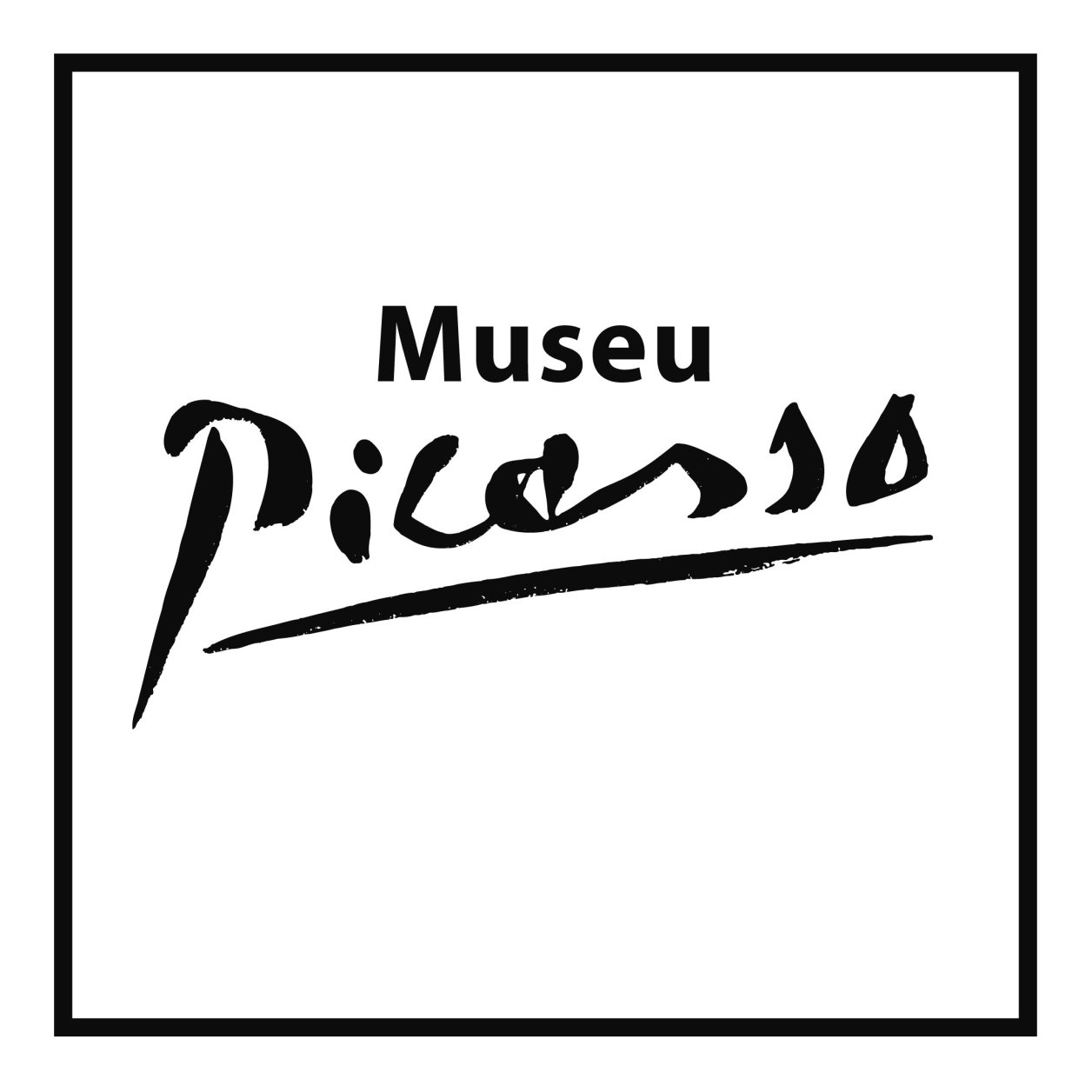- Ajuntament de Barcelona
- Institut de Cultura de Barcelona
Picasso sculpture / Ann Temkin, Ann Umland with Virgine Perdrisot and Luise Mahler and Nancy Lim
Material type: TextPublication details: New York : Museum of Modern Art, 2015 Description: 320 p. : il. (algunes col.) ; 32 cmISBN: 9780870709746Subject(s): Escultura -- Exposicions -- 2015 | Escultura -- Exposiciones -- 2015 | Picasso, Pablo Ruiz, 1881-1973, -- Exposicions -- 2015
TextPublication details: New York : Museum of Modern Art, 2015 Description: 320 p. : il. (algunes col.) ; 32 cmISBN: 9780870709746Subject(s): Escultura -- Exposicions -- 2015 | Escultura -- Exposiciones -- 2015 | Picasso, Pablo Ruiz, 1881-1973, -- Exposicions -- 2015| Item type | Current library | Call number | Status | Date due | Barcode |
|---|---|---|---|---|---|
| Monografia | Biblioteca Museu Picasso | C 2015 8 (Browse shelf(Opens below)) | Staff Collection | ||
| Monografia | Biblioteca Museu Picasso | 73 (Pic) Tem (Browse shelf(Opens below)) | Available |
Catàleg de l'exposició celebrada al Musem of Modern Art de Nova York del 14/09/2015 al 7/02/2016
Referències bibliogràfiques
Conté: Foreword / Glenn D. Lowry, p. 7 -- Lenders to the exhibiton, p. 8 -- Acknowledgments / Ann Temkin and Anne Umland, p. 9 -- Picasso sculpture : an introduction / Ann Temkin and Anne Umland, p. 12 -- Picasso sculpture : a documentary chronology, 1902-1973 / Luise Mahler and Virginie Perdrisot with Rebecca Lowery, p.31 -- Chapter 1 : beginnings, 1902-1906 p. 32 -- Chapter 2 : wood carving and the first cubist sculptures, 1907-1909, p. 50 -- Chapter 3 : reinventing sculpture : the cubist years, 1912-1915 -- Chapter 4 : around "the monument to Apollinaire", 1927-1931, p. 102 -- Chapter 5 : the Boisgeloup Sculpture Studio, 1930-1937, p. 132 -- Chapter 6 : the war years, 1939-1945, p. 180 -- Chapter 7 : Vallauris : ceramics and assemblages, 1945-1954, p. 202 -- Chapter 8 : wood assemblages, sheet metal sculptures, and public monuments, 1954-1973, p. 246 -- Photographs by Brassaï / compiled by Luise Mahler, p. 294 -- Checklist of the exhibition / compiled by Nancy Lim and Luise Mahler, p. 298 -- Selected exhibitions, 1910-1967 / Compiled by Luise Mahler, p. 304
Picasso Sculpture is a sweeping survey of Pablo Picasso’s innovative and influential work in three dimensions. This will be the first such museum exhibition in the United States in nearly half a century. Over the course of his long career, Picasso devoted himself to sculpture wholeheartedly, if episodically, using both traditional and unconventional materials and techniques. Unlike painting, in which he was formally trained and through which he made his living, sculpture occupied a uniquely personal and experimental status for Picasso. He approached the medium with the freedom of a self-taught artist, ready to break all the rules. This attitude led him to develop a deep fondness for his sculptures, to which the many photographs of his studios and homes bear witness. Treating them almost as members of his household, he cherished the sculptures' company and enjoyed re-creating them in a variety of materials and situations. Picasso kept the majority in his private possession during his lifetime. It was only in 1966, through the large Paris retrospective Hommage à Picasso, that the public became fully aware of this side of his work. Following that exhibition, in 1967 The Museum of Modern Art organized The Sculpture of Picasso, which until now was the first and only exhibition on this continent to display a large number of the artist’s sculptures. Picasso Sculpture focuses on the artist’s lifelong work with sculpture, with a particular focus on his use of materials and processes. The exhibition, which features more than 100 sculptures, complemented by selected works on paper and photographs, aims to advance the understanding of what sculpture was for Picasso, and of how he revolutionized its history through a lifelong commitment to constant reinvention. The exhibition is organized in chapters corresponding to the distinct periods during which Picasso devoted himself to sculpture, each time exploring with fresh intensity the modern possibilities of this ancient art form.

There are no comments on this title.